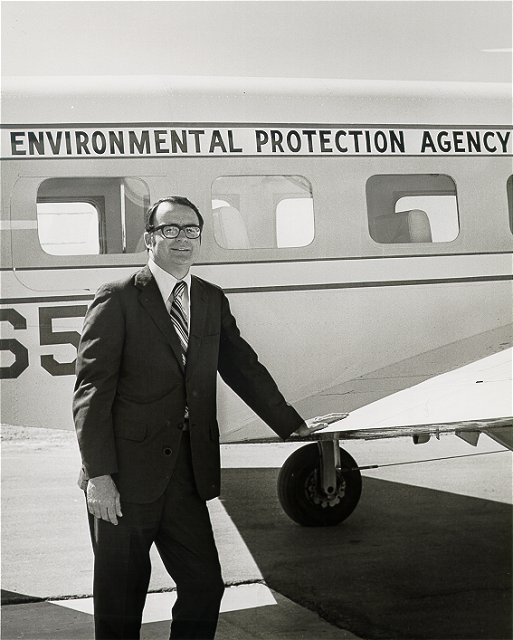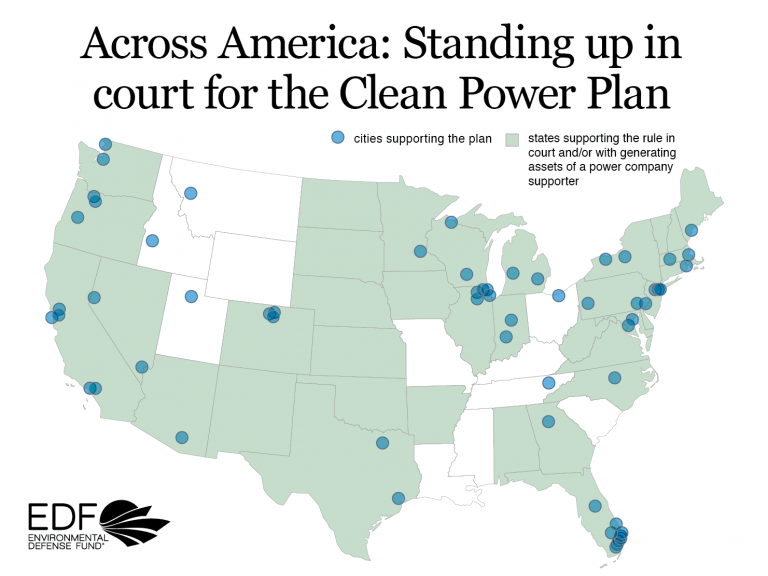
William Ruckelshaus served as the first administrator of the U.S. Environmental Protection Agency under President Nixon from 1970-73 and again under President Reagan from 1983-85. He is also a recipient of the Presidential Medal of Freedom. Photo: EPA
As the U.S. Court of Appeals for the D.C. Circuit hears oral arguments on the Clean Power Plan this week, administrators of the U.S. Environmental Protection Agency who served Presidents Richard Nixon, Ronald Reagan, George H.W. Bush, and George W. Bush are weighing in with support for the cornerstone of the Obama administration’s climate strategy.
In a New York Times op-ed, “Why Obama is Right on Clean Energy,” William D. Ruckelshaus—who is also an Energy Foundation board member—and William K. Reilly explain why the Clean Power Plan represents a continuation of the nation’s approach to advancing health and the environment.
They write:
“It is consistent with the fundamental, longstanding approach this country has applied in the face of environmental threats. We have filed a supporting brief with the court.
“Over the last 45 years, the nation has built a successful, durable legal framework to protect public health and the environment. This is the result of two factors: first, a clear, essential delineation of responsibilities between the federal government and the states; and, second, laws written sufficiently broadly to anticipate new threats to public health. Those critical elements came together in 1970 with the passage of amendments to the landmark Clean Air Act and the creation of the Environmental Protection Agency by President Richard M. Nixon.”
Meanwhile, Christine Todd Whitman, who served under President George W. Bush, weighed in with her support in Time magazine with a defense of the EPA’s obligation to limit carbon pollution:
“The EPA’s authority to move forward with regulating carbon pollution under the Clean Air Act is not a matter of debate. EPA has this authority, and it is in fact obligated to move forward. The law says so and the Supreme Court has said so, twice. As I have said before, the matter, I believe, should be put to rest. While it would have been better for Congress to have acted, the EPA was well within its jurisdiction.”
The former EPA administrators join a chorus of Energy Foundation grantees and others who are eager to see the Clean Power Plan move forward. Some 18 states and 60 cities filed friend of the court briefs. More than 100 major businesses have called for swift implementation of the Clean Power Plan and other low-carbon policies. Even 70 percent of utility executives surveyed by Utility Dive said that the plan should be maintained or made more aggressive.

